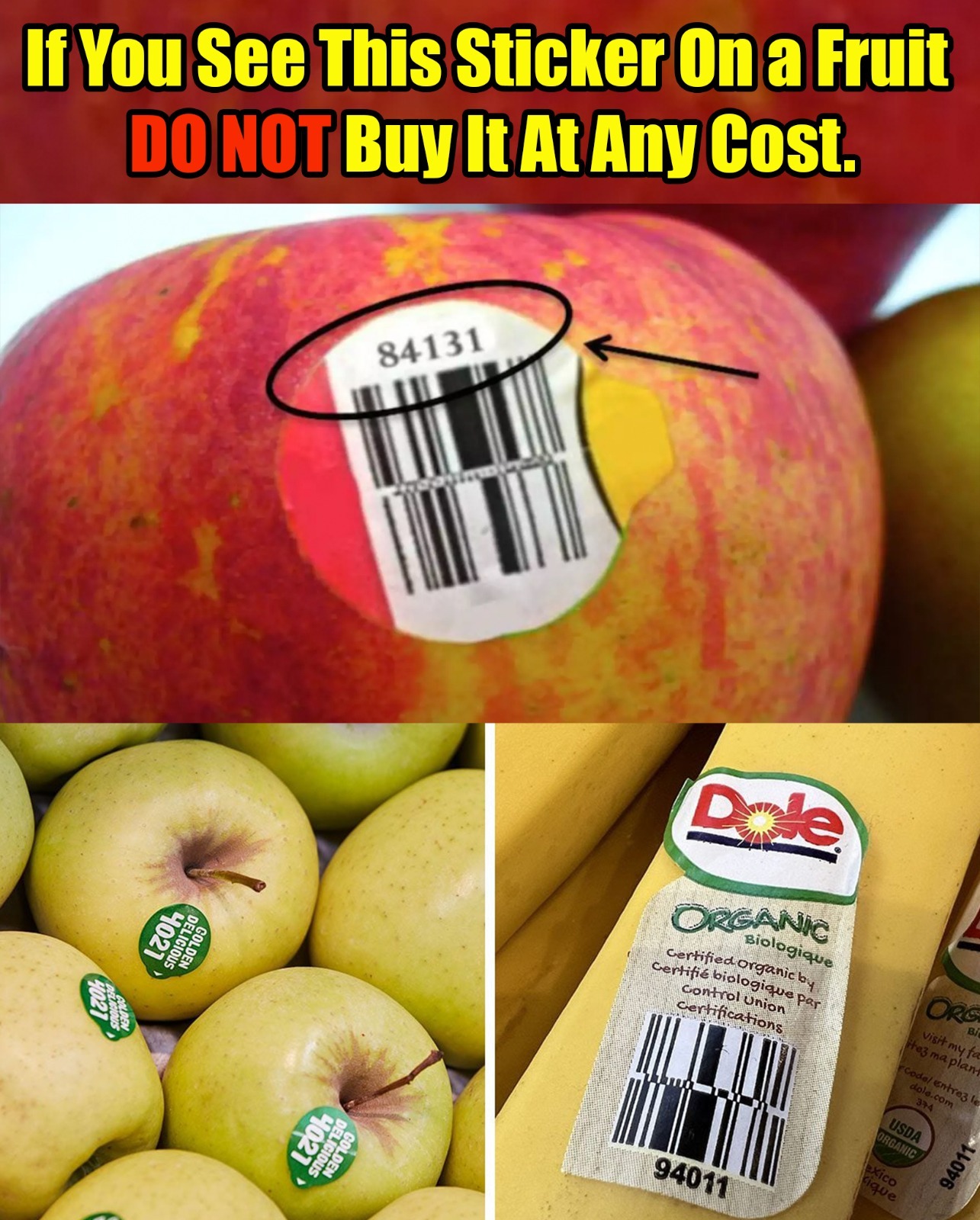ADVERTISEMENT
Why Should You Care About PLU Codes?
1. Organic vs. Conventional Produce
The biggest takeaway from the PLU code system is understanding the difference between organic and conventional produce. Organic fruits and vegetables are grown without synthetic chemicals, which appeals to many consumers who are concerned about the environmental impact of pesticides or who prefer a more natural growing method. If you see a five-digit code starting with 9, you’ll know that the fruit was grown organically.
2. Make Informed Choices About GMOs
While GMOs are still a somewhat controversial topic, some consumers choose to avoid them due to concerns over the long-term health and environmental impacts of genetically modified crops. While there is a lack of widespread use of the “8” codes for GMOs, it’s worth noting that GMOs are still part of the agricultural landscape, and understanding these codes can help consumers make choices that align with their personal values.
3. Pricing
While PLU codes primarily exist to help cashiers with pricing, the number on the sticker can also indicate a potential difference in cost. Organic produce, for example, typically costs more than conventionally grown fruits and vegetables because of the farming methods and certification process. Knowing the difference between a 4011 (conventional banana) and a 94011 (organic banana) could help you plan your grocery budget more effectively.
What Else Should You Know About Fruit Stickers?
1. Stickers Are Edible and Safe
The stickers that are attached to produce are designed to be safe and non-toxic. While they are technically edible, it’s recommended that you remove them before eating your fruit, as they’re not intended to be consumed. Most fruit stickers are made from paper or plastic and are glued on with edible adhesive. Just be sure to remove them before enjoying your fruit!
2. Barcodes and Nutritional Information
Some produce stickers also include barcodes or additional information, such as expiration dates, nutrition facts, or even the grower’s details. This is particularly true for packaged fruits and vegetables. If you ever need more information about the origin or freshness of your produce, these extra details can be helpful.
3. Environmental Concerns
While the stickers themselves are safe to consume and are not harmful, there is growing concern over the environmental impact of these labels. Most fruit stickers are not biodegradable, and many are made from plastic, which can contribute to waste. Some grocery stores are working to reduce the use of plastic stickers or switch to compostable alternatives, but it’s still a challenge.
Common PLU Codes and Their Meanings
To help you navigate the produce aisle, here are a few common PLU codes you might encounter, along with their meanings:
- 4011 – Banana (conventional)
- 94011 – Banana (organic)
- 4012 – Avocado (conventional)
- 94012 – Avocado (organic)
- 4131 – Apple (conventional)
- 94131 – Apple (organic)
- 4065 – Carrot (conventional)
- 94065 – Carrot (organic)
- 4799 – Papaya (conventional)
- 94079 – Papaya (organic)
Conclusion: The Little Numbers That Matter
Next time you’re shopping for fresh produce, take a moment to look at the PLU code on your fruit or vegetable. Those little numbers reveal a wealth of information, from whether your produce is grown conventionally or organically, to how it was cultivated and where it came from. By understanding these codes, you can make more informed decisions about the food you purchase, helping you align your choices with your health, environmental, and ethical values.
The PLU codes on fruit stickers may seem insignificant at first glance, but they provide a clear way for consumers to navigate their grocery store experience and make informed choices. So, while you’re enjoying your fresh, delicious fruit, you can feel good knowing you have the knowledge to understand exactly what’s behind that little sticker.
Happy shopping and happy eating! 🍎🍊🍓
ADVERTISEMENT
